
Developer: NEOPOPCORN Corp.
Publisher: NEOPOPCORN Corp.
Platform: Nintendo Switch, PC
Tested on: Nintendo Switch
3000th Duel (Switch) – Review
In the recent years, there has been a resurgence of metroidvania games; especially following the release of Hollow Knight in 2017. 3000th Duel follows this trend, combining metroidvania with a souls-like aesthetic, inevitably drawing comparisons to the previously mentioned Hollow Knight. It shares its somber tone and several mechanics which will be mentioned later in the review.
Story
3000th Duel doesn’t have much of an active story, opting instead for snippets of lore found around the world usually appearing after boss battles. The gist of it being that the king of an ancient civilization of humans got corrupted by the power he sought to obtain, cursing the land and filling it with monsters. Nothing particularly innovative, but works well enough to give the game cohesion.
This said, the writing of the game is worsened by the faulty translation. Most of the texts include translation errors, sometimes to the point of making said texts sound ridiculous or nonsensical, such a thing happens on the death screen, which declares “YOU BURN” upon appearance or “REDEMPTION FROM THE BRIDE” when a boss is defeated.
Graphics
The graphical part of the game is somewhat lackluster, though not bad, characters have a3D style with plastic-like textures reminiscent of old games. Enemy design is decently unique, even if it loses some charm since most of the enemies tend to be locked to their area, not ever appearing out of it, except those times where a variant appears (generally a re-skin of the model without gameplay changes). Bosses are quite unique as well, sporting styles completely different from those of common monsters, though in some cases their usual humongous size shows the bad quality of the textures.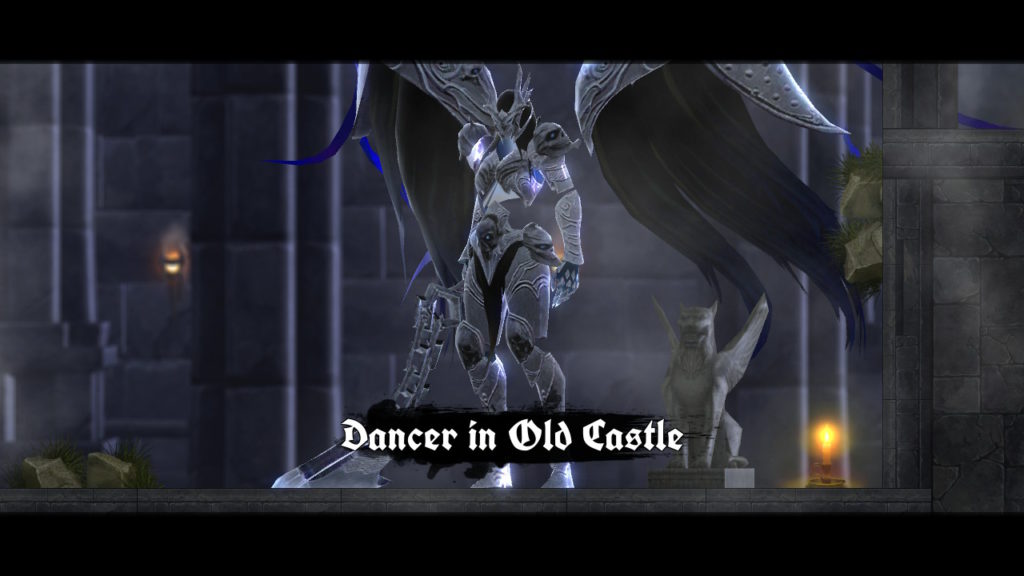
As for the backgrounds, despite the existence of several beautiful areas, most of the environments tend to be samey, especially on interior areas. There are some landmarks occasionally found, which spice up the backgrounds a bit, but these are few and far between, not counting boss arenas.
Another problem, though only noticeable with brightness set to minimum, is that the colors of some platforms and the backgrounds tend to blend, thus making it more difficult to see the platforms you are supposed to step on.
Sound
The sound design in 3000th duel is well made; both the music and VFX have good volume and quality behind them. The music is quite enjoyable, though it can get repetitive since most tracks only last a few seconds and repeat in a loop, changing only with the area and for boss battles. If you spend a long time in a single area you will most probably end up forgetting the music is there, due to said repetition. Another nice point to mention is that enemies have VFX’ of their own, without repeating for the different types of monsters.
Gameplay
Gameplay is where the meat of 3000th duel lays, as mentioned at the start, this game is a metroidvania combined with the souls-like genre, taking most of the inspiration for its ideas from the second. One of these ideas is, for example, that the main way of healing is an item that refills upon saving called “Violet Scripture”. This item also receives upgrades to the number of uses it has as the game progresses, generally after defeating a boss or found around the map. Another idea it takes from the souls games (though it reminds more particularly of Hollow Knight) is that upon death, your soul is left behind and you lose all your money, which can be retrieved by defeating said soul once it attacks you.
Combat is the main focus of the gameplay, throwing you onto hordes of enemies to defeat. For this matter, you have three different options of weapons: Greatswords, Broadswords and Lances, each having a different type of attack. The Greatsword is slow but swings for high amounts of damage, the Broadsword is fast though short-ranged, and the Lance has long-range, but cannot attack enemies above you. Besides these main weapons, there is also a magic system called “Occults”, these are quite powerful but require a special build, having limited uses which refill upon saving. Said builds are made by leveling up; this can be done at the statues designed for this, requiring in-game currency to do so, said currency is called “Karma” and is also used to upgrade your weapons and occults and to purchase consumables. The level cap for the game is 99, the price of each level up increasing every time, and gives a point per level which you can allocate to any of the characteristics, depending on your build. This system appears quite flawed, since allocating points into one characteristic can potentially prevent you from using skills you acquire later on into the game.
There are also items to be found while exploring, though most tend to be lackluster, once you obtain a powerful item, you will most likely spend a long time without seeing anything else worth your while, especially random drops. Anything better than your current equipment tends to be a boss drop, thus making farming equipment unnecessary, which may be a good thing, though it does remove some amount of flavor from the game. Items can also be found in chests by exploring the map and backtracking after obtaining certain movement skills, though this often ends up being a waste of time.
Traversal of the map may just be the worst part of the game, almost every room has only a single entry and exit, forcing you to go through a large amount of rooms whenever you wish to backtrack or in the case you happen to die close to the end of the area, seeing as there tends to be only one save point per area (not counting those which appear in the boss arena once the battle is over).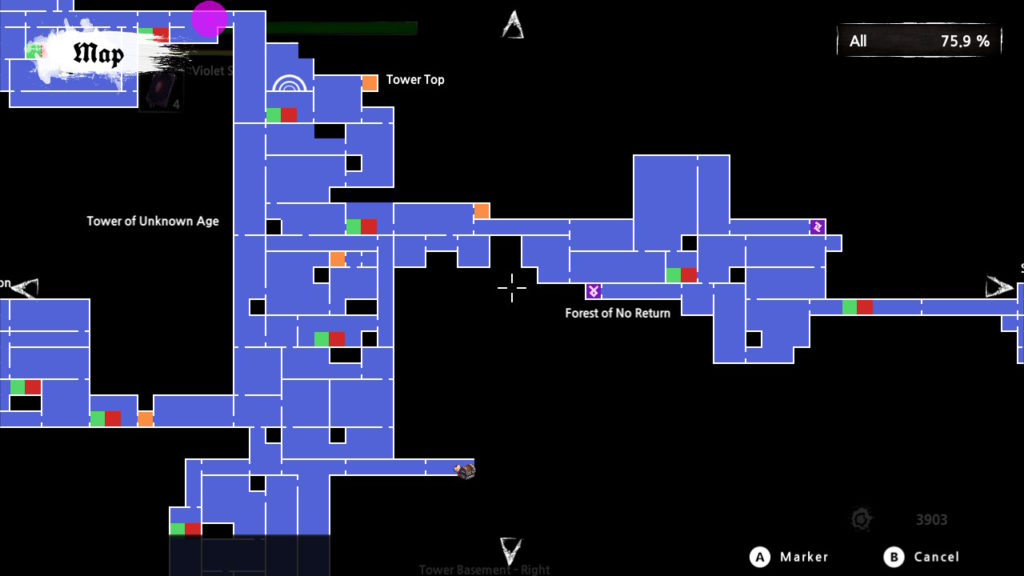
Conclusion
3000th duel is a good game, it doesn’t particularly shine for its innovation, but what it does, it does well. If you decide to purchase this game you can expect around 20 hours of content, allegedly padded by the lengthy rooms and the hard bosses, thus being around 12/15 hours of actual content.
3000th Duel (Switch) - Review,
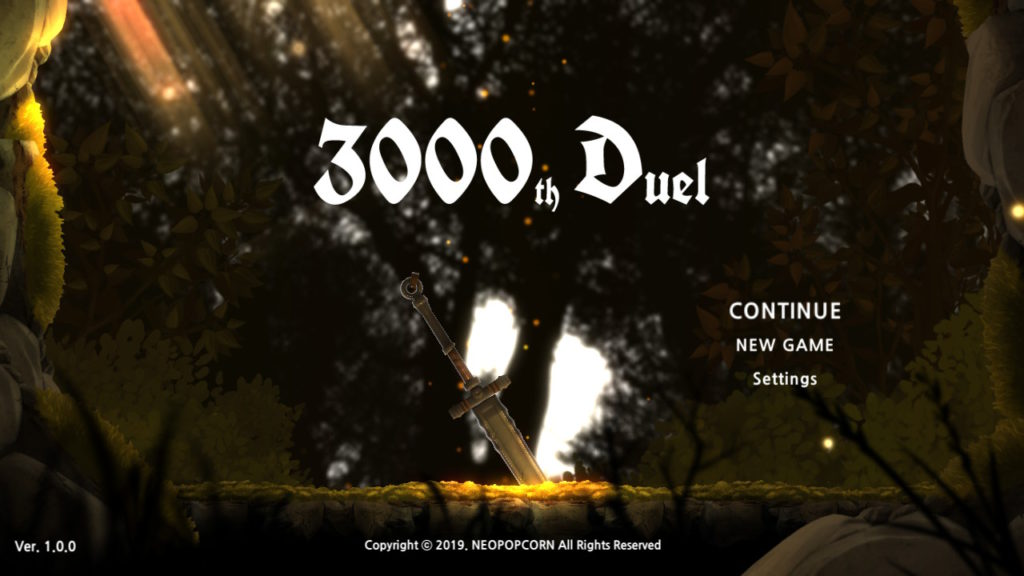
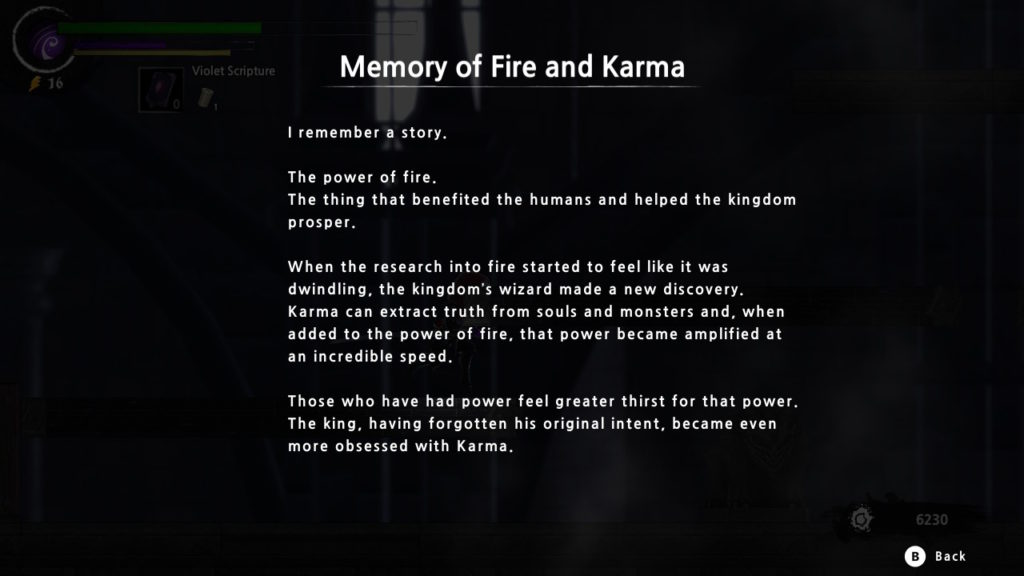
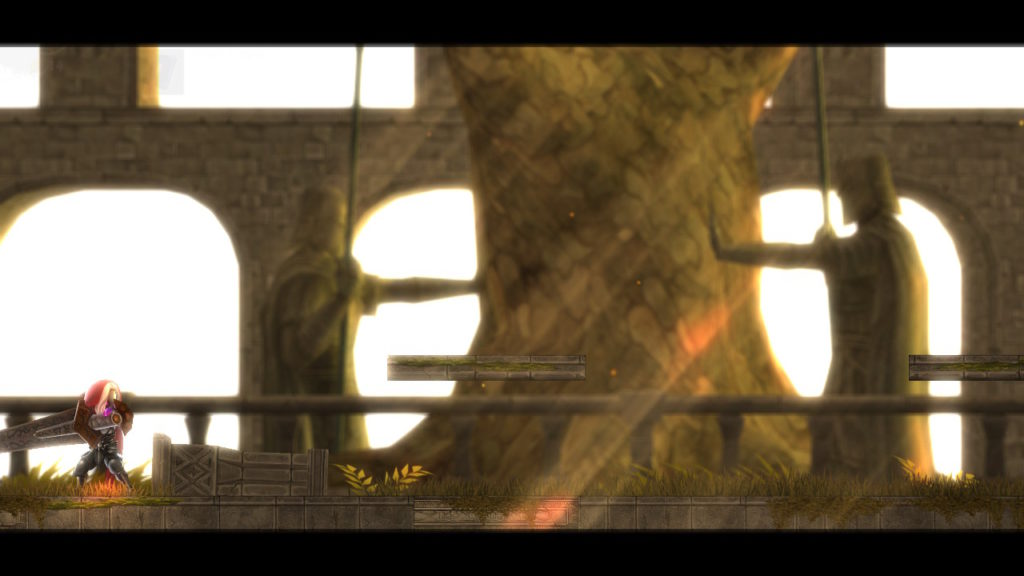
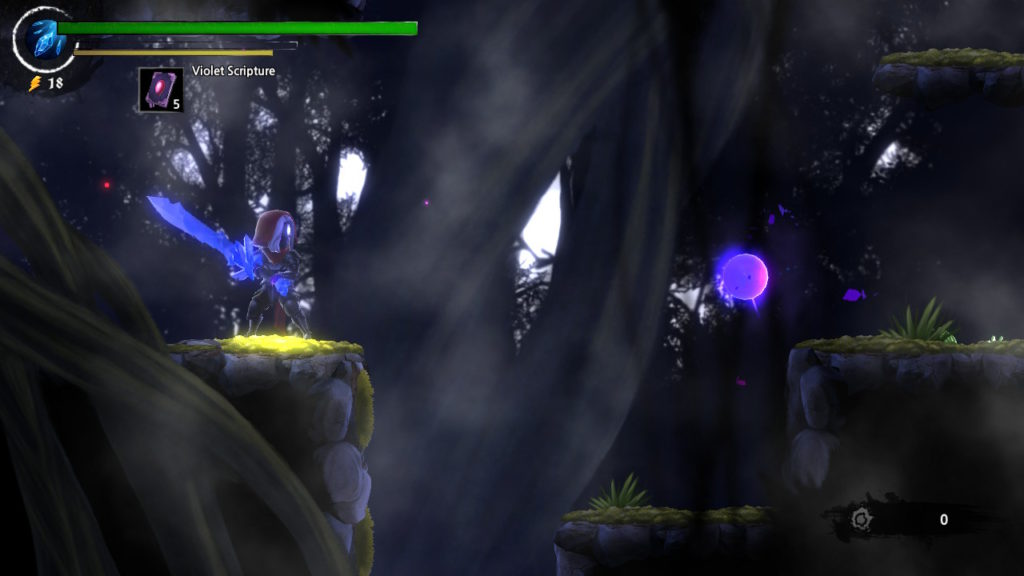
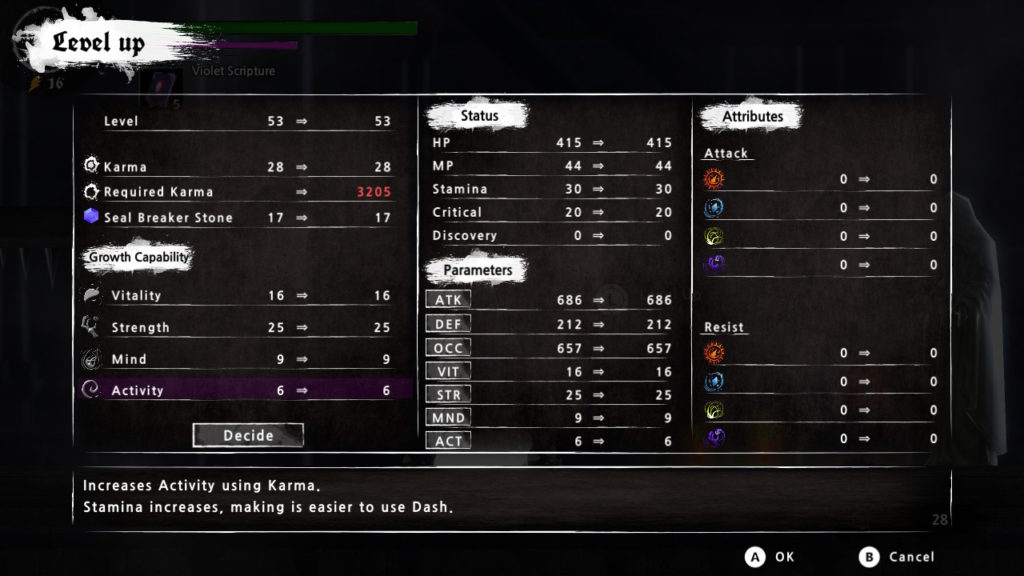



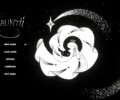
No Comments